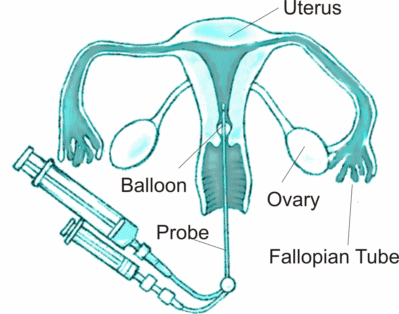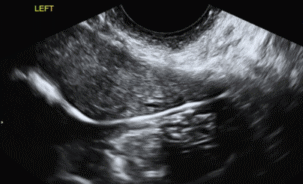What is a HYCOSY?
Can I drive after the procedure?
HYCOSY or hysterosalpingo - contrast sonography is a method of assessing if the fallopian tubes are blocked using ultrasound and levovist as contrast agent that makes the tubes stand out on ultrasound examination.
Why is it performed?
Hycosy is done as an investigation to assess fertility. 10 out of 100 couples experience difficulty conceiving a pregnancy. 3 /10 couples may be having these problems due to blockage of the fallopian tubes. Hycosy is a simple out-pateint procedure that can assess if the tubes are open.
When is it done?
The best time for the procedure is just after your period has finished and before ovulation, usually day 5 to day 10 of your cycle. This ensures that the procedure does not interfere with a possible early pregnancy.
What preparation is needed ?
You can eat and drink normally. Take 2 naprogesic tablets one hour before the procedure and drink 2 glasses of water. Naprogesics work best for pelvic pain.
How long does it take?
The procedure itself takes a few minutes . We do advise that you allow at least 45 min to 1 hour from the time you come in to the time you leave.
How is the procedure performed?
The initial part of the procedure involves insertion of a vaginal ultrasound probe to image uterus and ovaries. After this is completed a vaginal speculum is inserted to see the cervix. The cervix is rinsed with an antiseptic solution. A sterile plastic catheter with a balloon at the end is inserted in the uterus. The balloon is then inflated gently to form a seal so that the dye does not come out of the uterus. Sterile levovist – a solution made of galactose and palmitic acid (fat and sugar) is instilled into the cavity while the vaginal probe is used to scan the pelvis. The solution makes bright bubbles which make the tubes stand out on ultrasound. This is essentially the same as a Sonohysterogram except the special contrast agent (Levovist) is used. It is the cost of the Levovist that makes this procedure more expensive than a Sonohysterogram.
Is it Painful?
The procedure is not usually painful however some women describe it as being uncomfortable or having mild cramping. The naprogesic tablets that are taken 1 hour before the procedure help in decreasing the discomfort.
Are there any risks?
Some women can feel faint after the procedure. This is a side effect of having a catheter dilate the cervix and will settle with 10 - 20 minutes of rest. There may be some spotting as a plastic catheter has been inserted into the lining of the uterus. The most serious complication is the risk of infection that occurs in less than 1% of women usually when there is a history of pelvic infection in the past. We encourage you to talk to your doctor who may advise you to have some antibiotics prior to the procedure.
Most women are able to drive after the procedure. However you may have discomfort or cramps during the procedure and it is best if you come with a support person who can drive you after the procedure.
Why do the tubes get blocked?
The most common reasons are pelvic infection or endometriosis.
Are there any other procedure to look at the tubes?
Before HYCOSY there were procedures like HSG – hysterosalpingogram that use xrays to assess the uterus and laparoscopy and dye test. These procedure are expensive, involve surgery/anesthesia and or hospitalisation. HYCOSY is less expensive, simple and relatively non-invasive compared to these procedures.

